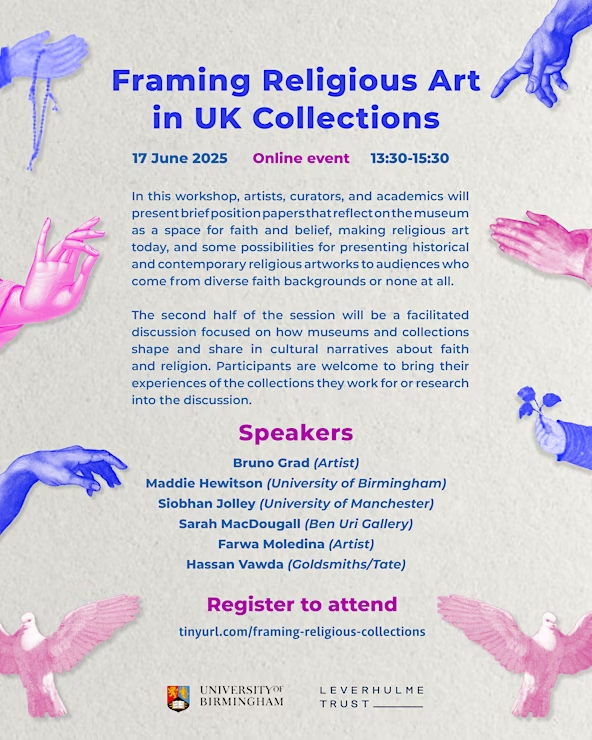University of Birmingham

“Framing Religious Art in UK Collections”
Online Forum | June 2025
Hassan Vawda, FSA Visionary and former scholar-in-residence, participated in an online forum, Framing Religious Art in UK Collections, which was convened on June 17, 2025, by Dr. Maddie Hewitson, Leverhulme Research Fellow in Art History at the University of Birmingham in the UK. Vawda offered reflections stemming from almost a decade working in policy and engagement roles within the arts and museum sectors, and from the PhD he is currently concluding. “My doctoral research begins with a simple question,” he explains. “How have modern and contemporary art museums in Britain engaged with Muslim experiences? More specifically, it asks what barriers exist in practice, policy, and sector culture that have shaped the way religion, and particularly Islam, is made visible or invisible in the art museum.”
A short video recording of his initial presentation can be viewed by clicking here.
According to the organizers: “Artworks with religious subjects form the foundation of many regional and national collections in the UK. However, Western art histories argue that with the emergence of avant-garde movements at the end of the nineteenth century, religious art was relegated and marked as incompatible with the artistic expression of modern life. Underpinned by this dubious narrative, today’s museums and galleries are still filled with the art of a ‘religious past’ but institutional approaches […] lack important contexts for interpreting such works.”
In this forum, artists, curators, and academics presented position papers that reflected on the following topics: the museum as a space for faith and belief; making religious art today; and possibilities for presenting historical and contemporary religious artworks to audiences who come from diverse faith backgrounds or none at all.
The second half of the session was a facilitated discussion focused around three questions: What is the role of museums and galleries in shaping and sharing multicultural narratives of faith and belief? How can historical collections of religious artworks be brought into meaningful dialogue with audiences of diverse faith backgrounds today? How can religious artworks enhance museum interpretation, outreach, and institutional missions to be more representative?
